What you can do is create bounding rectangles around your two black digits, then from iterate from the left most rectangle and send all contours in that rectangle to your CNN. If you took this as an example and went from top to bottom you would have two seperate rectangles:
Example code from that link:
contours, hier = cv2.findContours(gray,cv2.RETR_LIST,cv2.CHAIN_APPROX_SIMPLE)
for cnt in contours:
if 200<cv2.contourArea(cnt)<5000:
cv2.drawContours(img,[cnt],0,(0,255,0),2)
cv2.drawContours(mask,[cnt],0,255,-1)
Then when you have a set of contours you can sort them in order:
import numpy as np
c = np.load(r"rect.npy")
contours = list(c)
# Example - contours = [(287, 117, 13, 46), (102, 117, 34, 47), (513, 116, 36, 49), (454, 116, 32, 49), (395, 116, 28, 48), (334, 116, 31, 49), (168, 116, 26, 49), (43, 116, 30, 48), (224, 115, 33, 50), (211, 33, 34, 47), ( 45, 33, 13, 46), (514, 32, 32, 49), (455, 32, 31, 49), (396, 32, 29, 48), (275, 32, 28, 48), (156, 32, 26, 49), (91, 32, 30, 48), (333, 31, 33, 50)]
max_width = np.sum(c[::, (0, 2)], axis=1).max()
max_height = np.max(c[::, 3])
nearest = max_height * 1.4
contours.sort(key=lambda r: (int(nearest * round(float(r[1])/nearest)) * max_width + r[0]))
for x, y, w, h in contours:
print "{:4} {:4} {:4} {:4}".format(x, y, w, h)
Taken from - here
